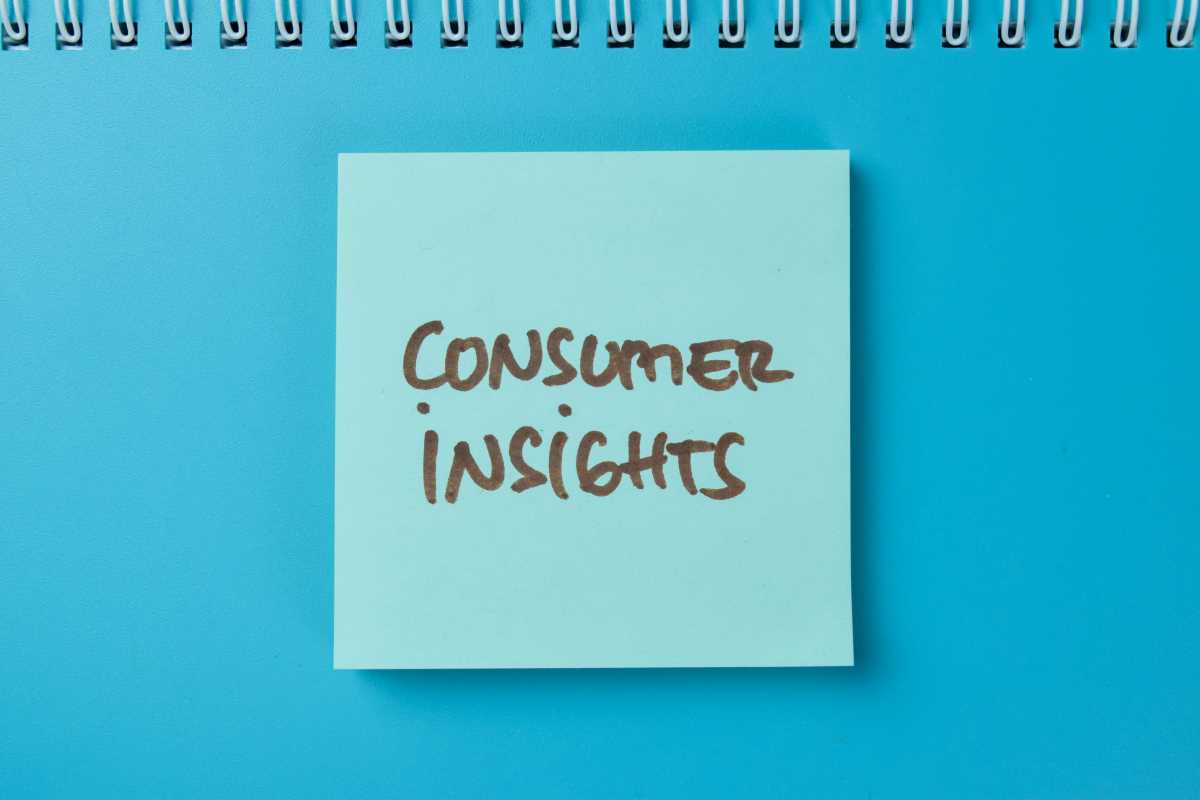In the world of marketing, there has long been a debate between two powerful forces: creativity and data. On one side, you have the "creatives"—the storytellers, designers, and visionaries who believe that marketing is an art form. They argue that great campaigns are born from brilliant, out-of-the-box ideas that capture people's hearts and minds. On the other side, you have the "data scientists"—the analysts and strategists who believe marketing is a science. They argue that every decision should be backed by numbers, metrics, and evidence. For years, these two camps were often at odds, but the most successful marketers today know a secret: it’s not about choosing a side. True marketing magic happens when you find the perfect balance between the two. Creativity without data is just a shot in the dark, and data without creativity is boring and uninspired. By learning how to make these two forces work together, you can create campaigns that are not only imaginative and memorable but also incredibly effective and profitable.
The Heart of Marketing
Creativity is the spark that makes a brand feel human. It’s the compelling story, the stunning visual, or the clever turn of phrase that makes someone stop scrolling and pay attention. In a world where consumers are bombarded with thousands of marketing messages every day, a creative idea is what allows you to cut through the noise. It’s what makes a brand memorable and builds an emotional connection with an audience.
Think about some of the most iconic marketing campaigns of all time. Apple’s "1984" commercial didn’t just sell a computer; it sold a vision of rebellion and innovation. Dove’s "Real Beauty" campaign didn't just sell soap; it started a global conversation about self-esteem. These campaigns were successful because they were built on a powerful, creative idea that resonated with people on a deeper level.
Why Creativity is Essential:
- It Grabs Attention: A unique and creative concept is what makes people notice your brand in a crowded marketplace.
- It Builds an Emotional Connection: People make decisions based on emotion and then justify them with logic. Creativity helps you forge that emotional bond.
- It Makes Your Brand Memorable: A clever ad or a beautiful design can stick in someone's mind for years, creating long-term brand recall.
- It Drives Storytelling: Creativity is the engine of storytelling, and stories are how we connect with each other. A good brand story can turn customers into loyal advocates.
Without creativity, marketing becomes a sea of generic messages and stock photos that no one remembers. It's the essential ingredient that gives a brand its personality and soul.
The Brain of Marketing
If creativity is the heart of marketing, data is the brain. Data provides the crucial insights that guide your creative efforts, telling you who your audience is, what they care about, and whether your creative ideas are actually working. Marketing without data is like driving with your eyes closed—you might be moving, but you have no idea if you're headed in the right direction.
Data helps you replace guesswork with informed decisions. Instead of assuming you know what your customers want, you can look at the numbers to see what they are actually doing. This evidence-based approach helps you allocate your budget more effectively, refine your messaging, and ultimately achieve a much higher return on investment (ROI).
Why Data is Essential:
- It Provides Audience Insights: Data tells you about your audience's demographics, interests, and online behavior. This allows you to tailor your creative message to be as relevant as possible.
- It Measures Performance: Data allows you to track key performance indicators (KPIs) like click-through rates, conversion rates, and cost per acquisition. This tells you what's working and what isn't.
- It Enables Personalization: With data, you can create personalized marketing messages that speak directly to an individual's needs, which is far more effective than a one-size-fits-all approach.
- It Justifies Marketing Spend: When you can show that a campaign generated a specific amount of revenue, it’s much easier to justify your marketing budget and get buy-in for future creative projects.
Without data, you have no way of knowing if your brilliant creative campaign is a huge success or a complete failure. It provides the map and the compass that ensure your creative journey leads to a valuable destination.
The Winning Formula
The most successful marketing campaigns don't treat creativity and data as opposing forces. Instead, they use them in a continuous, collaborative loop where each one strengthens the other. Here are actionable strategies to master this balance.
1. Use Data to Fuel Creative Brainstorms
Start your creative process with data. Before you even begin brainstorming ideas, dive into the numbers to understand the landscape.
- Audience Data: Use tools like Google Analytics to understand who your audience is. Where do they live? What are their interests? What social media platforms do they use? This information can inspire creative ideas that are perfectly tailored to them.
- Competitor Analysis: Look at what your competitors are doing. What types of ads are they running? Which of their content gets the most engagement? This data can reveal gaps in the market that your brand can fill with a unique creative angle.
- Keyword Research: Analyze what your audience is searching for online. The questions they ask and the problems they face are a goldmine of inspiration for relevant and helpful creative content.
When your creative team starts a brainstorm armed with these data-driven insights, they are much more likely to come up with ideas that are not only creative but also strategically sound.
2. A/B Test Your Creative Ideas
You don't have to guess which headline or image will perform best. Data allows you to test your creative choices. A/B testing is the process of creating two different versions of an ad, email, or landing page and showing them to different segments of your audience to see which one performs better.
You can test almost any creative element:
- Headlines: Does a question work better than a statement?
- Images: Does a picture of a person perform better than a picture of a product?
- Call-to-Action (CTA) Buttons: Does "Buy Now" get more clicks than "Learn More"?
- Ad Formats: Does a video ad outperform a static image ad?
By letting data decide the winner, you can continuously optimize your creative assets to achieve the best possible results. This process replaces "I think this will work" with "I know this works."
3. Let Data Inform the Story, Not Dictate It
One of the biggest fears of creative professionals is that data will stifle their creativity. This only happens when data is used as a rigid set of rules instead of a source of inspiration. The key is to let data inform the "what" and the "who," while creativity determines the "how."
For example, data might tell you that your target audience is millennial parents who are concerned about finding healthy snacks for their kids (the "who" and the "what"). This is where the creative team comes in. They can use that insight to craft a compelling story (the "how"). This could be a heartwarming video ad showing a parent and child happily sharing a healthy snack, or an engaging social media campaign featuring recipes and tips from other parents. The data provides the strategic foundation, but creativity builds the emotional connection.
4. Create a Culture of Collaboration
For this integrated approach to work, your data analysts and your creative professionals need to be on the same team, not in separate silos. Foster a culture where they work together and share insights freely.
- Hold Joint Meetings: Have regular meetings where the data team presents their latest findings and the creative team shares their new concepts.
- Encourage Shared Goals: Make sure both teams are working toward the same business objectives, such as increasing sales or improving brand awareness.
- Create a Feedback Loop: After a campaign is launched, the data team should analyze the results and share them with the creative team. This feedback is crucial for helping the creative team understand what resonated with the audience, allowing them to refine their approach for the next campaign.
 (Image via
(Image via





